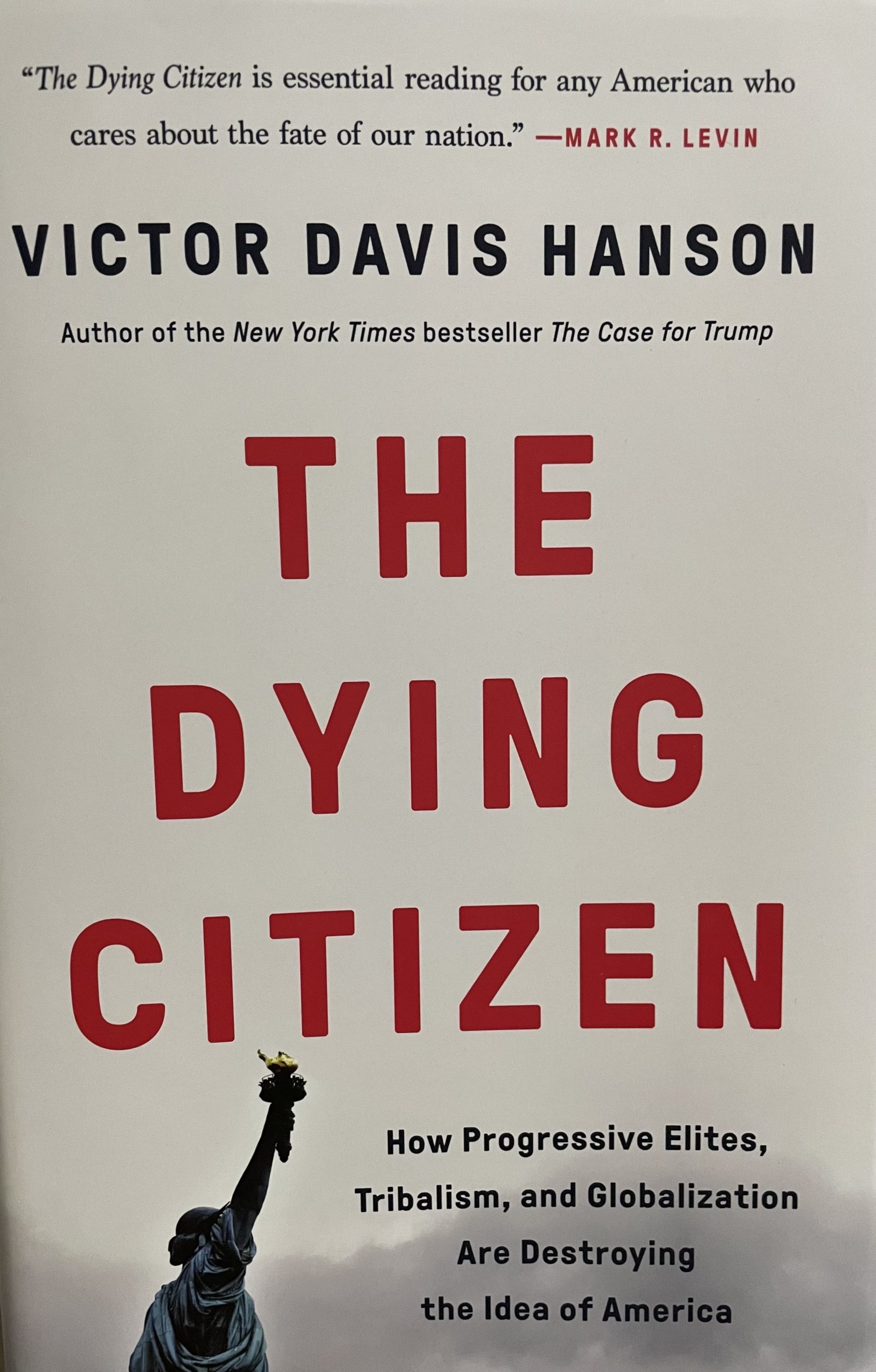Imagine an ancient record—by far the most published book in humanity—quoted by Shakespeare (1,200 times) and Abraham Lincoln—a book that has inspired political movements and religious reformations and has literally changed the world time and again; imagine that book being rejected and banished from schools across America. That book is the Bible.

The Bible and prayer in public schools were the topics of discussion at this week’s Family Research Council event. Dr. William Jeynes, a Senior Fellow at the Witherspoon Institute in Princeton and a Professor of Education at California State University in Long Beach, shared his research about the price that the U.S. has paid for removing the Bible and prayer from public schools and he explained ways in which they can be constitutionally reincorporated into public education.
Jeynes asked how a student can graduate without any knowledge of the most published book in the world, explaining that knowledge of the Bible will make one understand the history of all six inhabited continents, and it will enlighten the student of literature, culture, and religion. In a world so obsessed with tolerance, the least that Bible study in schools could do is enhance one’s understanding of people of faith and cultivate tolerance for religious practices.
A Wall Street Journal article raised the following questions:
“Can you imagine students not reading the Constitution in a U.S. government class? School administrators not sharing the periodic table of the elements with their science classes? A driver’s ed course that expected young men and women to pass written and road tests without having access to a booklet enumerating the rules of the road? It would be the same thing, we believe, to deny America’s sons and daughters the benefits of an education that includes a study of the Bible.”
According to Jeynes, the Supreme Court has declared that teaching the Bible as literature and history in schools is constitutional as long as it is presented objectively as part of a secular program of education. The opinion of the court in School District of Abington Township, Pennsylvania V. Schempp included the following analysis:
“It is insisted that, unless these religious exercises are permitted, a “religion of secularism” is established in the schools. We agree, of course, that the State may not establish a “religion of secularism” in the sense of affirmatively opposing or showing hostility to religion, thus “preferring those who believe in no religion over those who do believe.”
“In addition, it might well be said that one’s education is not complete without a study of comparative religion or the history of religion and its relationship to the advancement of civilization. It certainly may be said that the Bible is worthy of study for its literary and historic qualities. Nothing we have said here indicates that such study of the Bible or of religion, when presented objectively as part of a secular program of education, may not be effected consistently with the First Amendment.”
Along with a secular approach to Bible study in schools, Jeynes supports the idea that having a moment of silence in schools respects the non-religious while allowing those who desire to pray to do so.
These ideas are not without opposition. For example, the National Education Association (NEA), a U.S. labor union representing teachers, passed several resolutions at their2014 convention that, if enforced, may be controversial. According to Education Reporter, the newspaper of education rights, the NEA “opposes any federal legislation or mandate that would require school districts to schedule a moment of silence.” Other resolutions—questionable because of their ambiguity or unexplained intent—are that “The Association opposes any federal legislation, laws, or regulations that provide funds, goods, or services to sectarian schools” and they “condemn the philosophy and practices of extremist groups [not specifying what an extremist group is] and urge active opposition to all such movements that are inimical to the ideal of the Association.” These resolutions provide an opportunity for leaders to portray religious beliefs and practices as an enemy to education and a nuisance in the public sphere.
Bill Clinton said it best in 1996:
”Some families have been frustrated to see their children denied even the most private forms of religious expression in public schools. Here is where I stand: I believe the First Amendment does not require students to leave their religion at the schoolhouse door. Just as we wouldn’t want students to leave at home the values they learn from religion, we should not require them to refrain from religious expression. Reinforcing those values is an important part of every school’s mission.”










